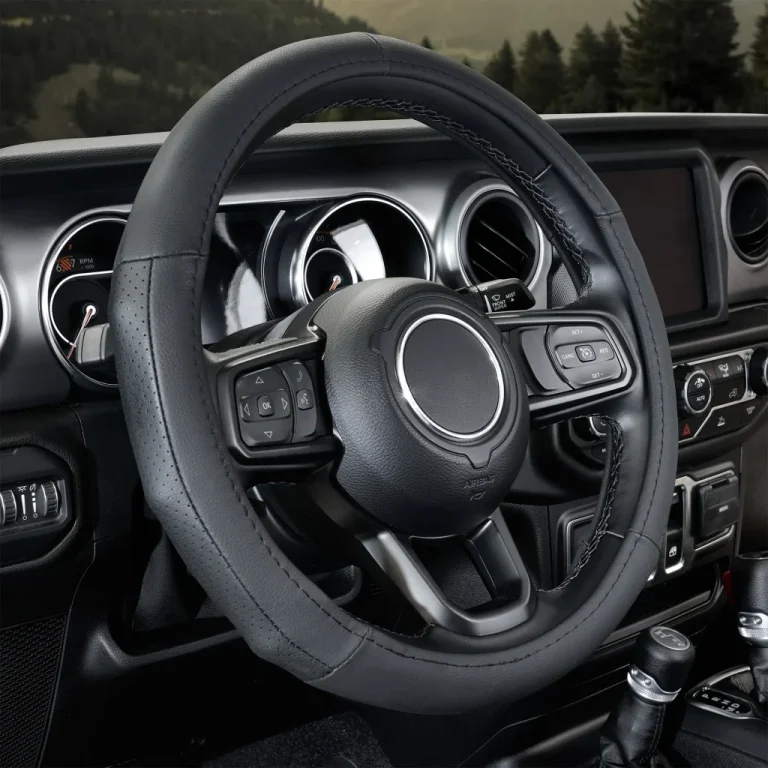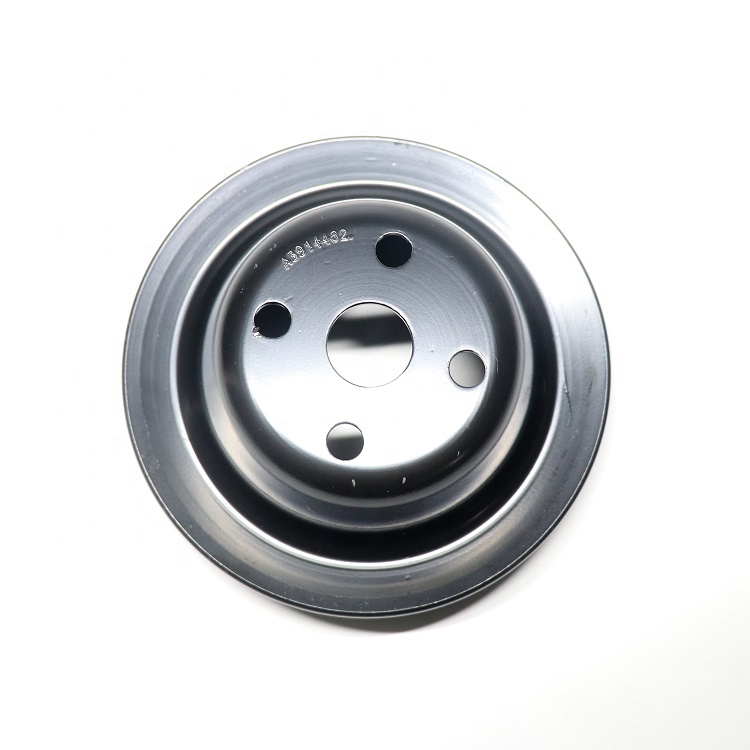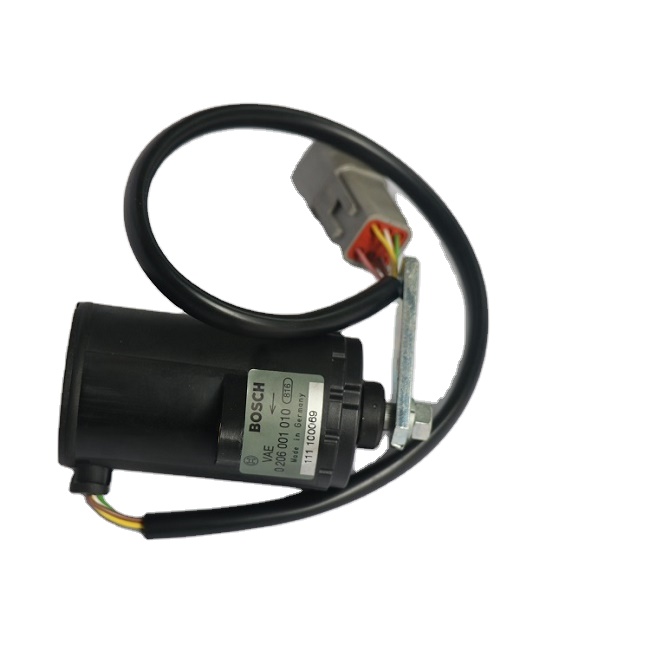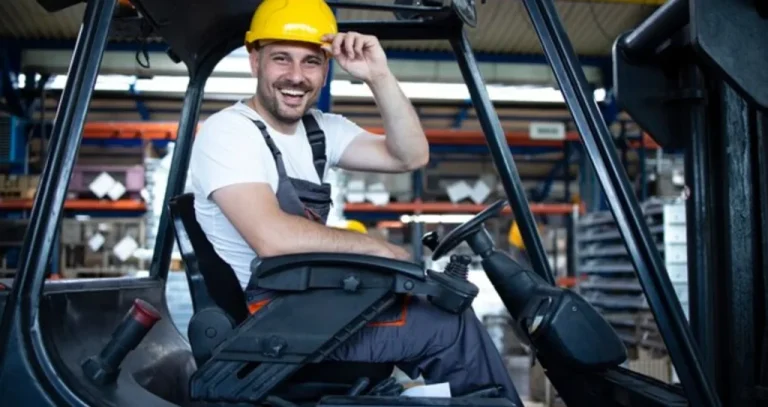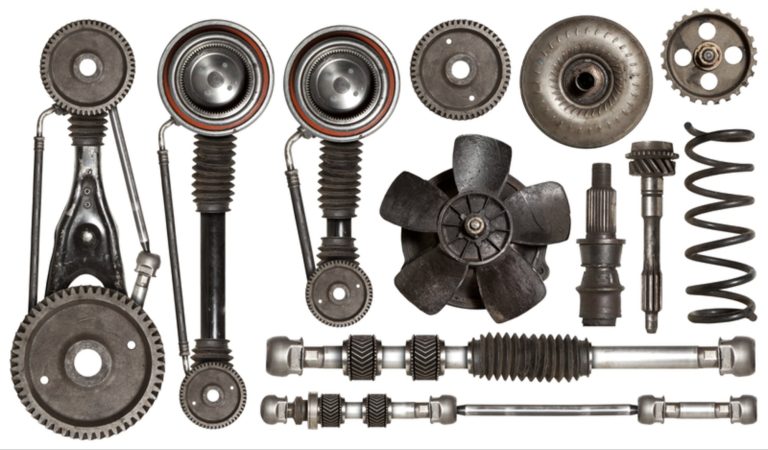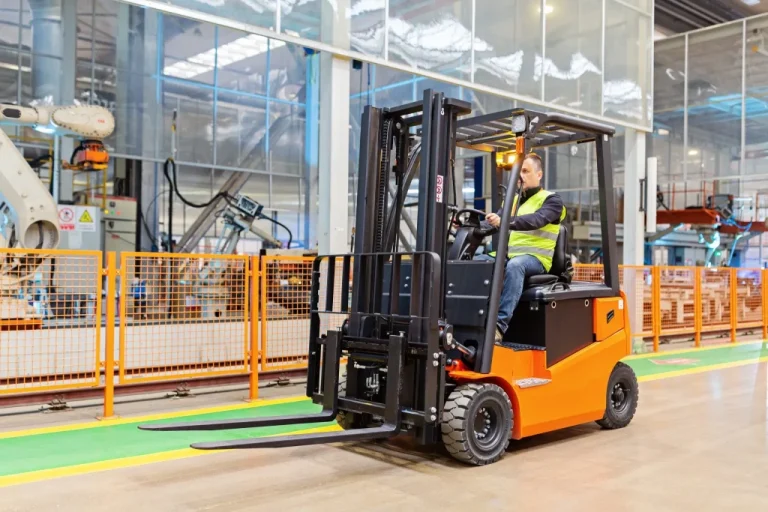Qué no forma parte integrante de una carretilla elevadora
Contenido
- 1 Forklifts: What’s Essential and What’s Not in Equipment and Safety
- 2 Well, if there’s one thing gonna baffle the common man, it’s a forklift.
- 2.1 Forklift Equipment Core Components: Or What the Fork Really Matters?
- 2.2 Common Misconceptions: What Does Not Make Up Forklift Equipment?
- 2.3 Why These Exclusions Actually Matter: Safety, Regulations, and Other Boring Stuff
- 2.4 Walking the Grey Line: When Tailoring is Beneficial
- 2.5 The Solution: Use Only Certified Suppliers
- 2.6 Never Cut Corners: Why Quality Matters
Forklifts: What’s Essential and What’s Not in Equipment and Safety
Forklifts play a crucial role in logistics and warehousing operations, but there are still several misconceptions about their components. In this guide, we’ll walk you through what doesn’t qualify as integral forklift equipment, particularly when it comes to safety, functionality, and regulatory compliance.
Essential Forklift Parts
The following components are the foundation of forklift design, defined in standard models for safe and effective operation.
Lifting Mechanism
- Mast
- Forks
- Hydraulic systems
Energy Types
- Internal combustion engines
- Electric batteries
Características de seguridad
- Overhead guards
- Seat belts
- Load backrests
Operational Controls
- Steering
- Brakes
- Tilt systems
These essential parts create the baseline from which all safe and efficient forklift operations should begin.
Myths: What Doesn’t Belong
Many components commonly added to forklifts are not integral or even certified. Let’s take a look at some of the most common misconceptions.
A. Non-Standard Attachments
Custom-made devices like:
- Clamps
- Rotators
- Scoops
Risk: These attachments, unless certified by the manufacturer, can endanger loads and potentially void warranties if installed incorrectly.
B. Decorative or Personal Add-Ons
Examples include:
- LED light strips
- Unauthorized paint jobs
- Stickers that aren’t safety-related
Impact: These can cause distractions or even violate workplace safety procedures.
C. Replacements That Are Out of Date or Incompatible
Examples:
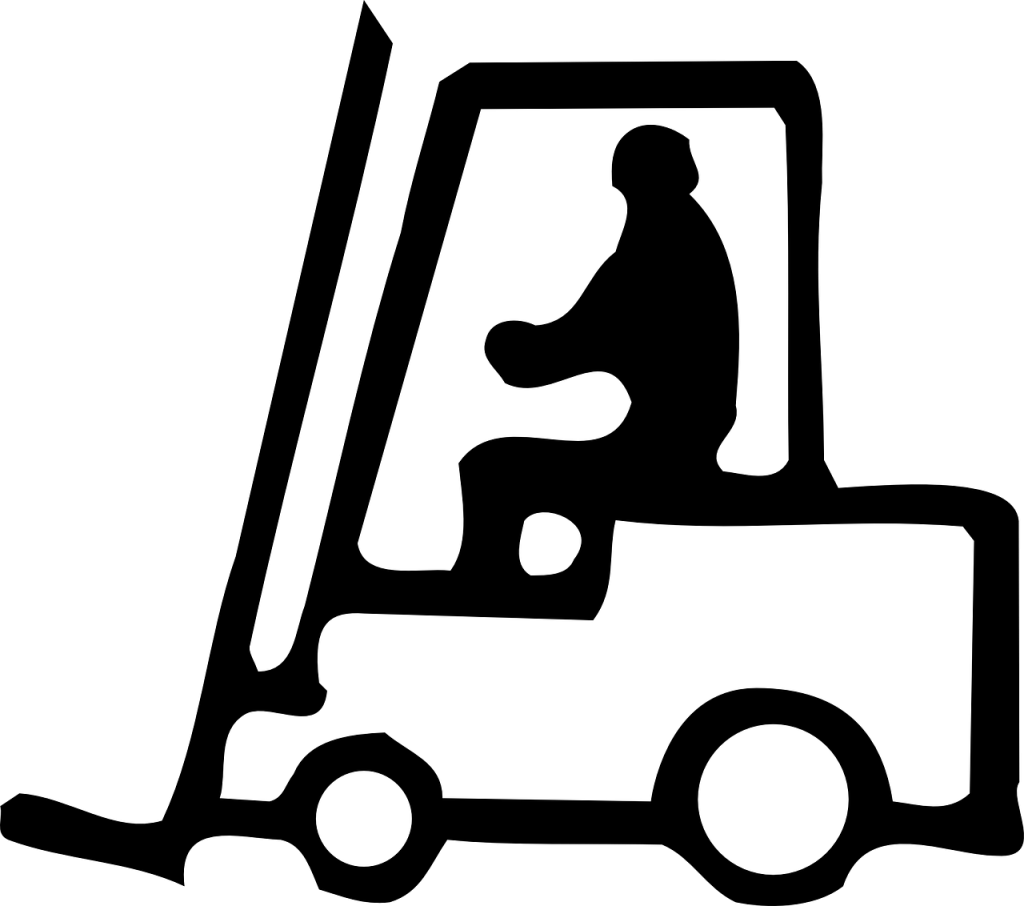
- Generic hydraulic fluids
- Mismatched tires
- Non-OEM electrical parts
Impact: These components can lower productivity, increase the chance of mechanical failure, and lead to costly repairs.
D. Unapproved Safety “Enhancements”
Examples:
- On-site counterweights
- Custom cages not approved by an engineer
Danger: Non-certified safety modifications compromise the forklift’s integrity and will fail safety inspections.
Why These Exclusions Matter
1. OSHA and ANSI Standards
Forklift components are strictly defined by OSHA and ANSI standards. Unauthorized changes can result in legal penalties and fines.
2. Operational Efficiency
Non-integral components often lead to mechanical breakdowns, downtime, and expensive repairs.
3. Safety Culture
Using manufacturer-approved equipment reinforces a workplace safety culture, reducing accidents and promoting compliance with industry standards.
The Gray Area: When Customization Makes Sense
Customization can be acceptable in certain situations:
- Manufacturer-Approved Attachments: Items like drum handlers or carton clamps that are certified for compatibility with the forklift.
- Ergonomic Updates: Features like adjustable seating or anti-fatigue mats, as long as they don’t interfere with safe operations.
The Solution: Certifying Suppliers You Can Trust
Figuring out what’s least important for your forklift isn’t just about compliance—it’s about keeping it running for as long as possible. The best option for forklift parts and accessories is to trust reliable suppliers like NBZKJX Industrial Solutions. They offer a range of tested forklift parts, reach stacker parts, and accessories that meet global safety standards, ensuring that your devices remain both functional and compliant.
Conclusión
When it comes to forklifts, cutting corners with non-integral parts can compromise safety and reliability. In an industry that demands precision, there’s no room for mistakes. Trust only verified equipment and suppliers to ensure the long-term efficiency and safety of your operations.
Check out NBZKJX’s catalog today.
Safety Checklist (Sidebar)
- OSHA Guidelines for Forklifts:
- Ensure all components are certified.
- Inspect regularly for wear and tear.
- Replace faulty parts with manufacturer-approved alternatives.
- Avoid custom modifications unless approved by the manufacturer.
Well, if there’s one thing gonna baffle the common man, it’s a forklift.
THE HULKING, lumbering colossus of industry, whose mere presence in a warehouse is at once respected, and at least somewhat confronted.
Just last week, I found myself on my feet in a sizeable, cold warehouse (somewhere between Texas and Nebraska, I think, but you could have told me the moon and I’d have no way of proving you wrong), and I heard two men arguing about whether the LED light strips which had been recently installed were included in the proper configuration for the forklift.
One thought that if the forklift wasn’t covered in flashing lights, it might as well be a horse and cart, while the other insisted that decoration was just a waste of good welding time and an affront to the seriousness of industry.
Naturally, I couldn’t help but intrude, and thus this story was born.
Forklift Equipment Core Components: Or What the Fork Really Matters?
Dear reader, let’s not get too lost in the weeds, just yet. But first, you need to know the true heart and soul of the forklift.
It’s certainly no machine, no straightforward contraption that gets stuff from point A to point B. Oh no! A forklift is the very embodiment of the industrial revolution itself, a metal beast on a mission, and that mission is nothing less than lifting things.
But, before we get seduced by glitzy marketing or the sinister fantasies of people who’ve never seen anything near a farm other than the inside of a lumberyard, let’s set what’s really necessary for a forklift:
- Mast, forks, and hydraulic system.
Without these elements, what remains is just a very heavy, and very awkward, cart. Without its lifting mechanism, a forklift would be nothing more than a very big wheelbarrow — a lot more convenient than a donkey, but definitely not as cute. - Power Sources – Electric batteries and internal combustion engines.
The power that makes the forklift go is to be a thing of strength and stamina because a forklift without the power is as good as a worn-out mule. - Temperatures Safety Systems:
All crucial will help keep employees in top safety. One could say that these are the forklift’s external armor, defending its ass in slippery drops and bad maneuvers through the stacks. - Operational Controls:
Steering, brakes, and tilt systems — without these, the forklift will be as useful as a fish on a bicycle. It would go wherever it wanted, without a second thought to the wreckage it left behind.
Common Misconceptions: What Does Not Make Up Forklift Equipment?
I can hear some of you scoffing at this already. “But Mark,” you say, “I’ve seen forklifts with all sorts of stuff jammed onto them, and they worked just fine!”
Well, I say that it is in the nature of humanity to do with what has been given to them, but doing with is in no way what it means to do what is right.
Here are some things that need to stay as far from your forklift as they can possibly get, no matter how cute they look when they first rock up.
- Non-Standard Attachments:
Okay, so you may think it’s probably a great idea to fit a custom clamp or a scoop that the machine wasn’t designed for. Or maybe you’ve seen a picture of a forklift effortlessly hoisting a thousand misshapen crates and thought to yourself, “By gum, I could use one of those!” However, if you plan to use attachments that aren’t blessed by the forklift gods (aka the manufacturer), proceed with caution – damaged forks can outlast unfit attachments in the blink of an eye. - Fancy or Family Personalization:
LED light strips! Nothing wrong with a bit of bling here and there, but when it comes to forklifts, I’ll tell you something—unless your job is as operator of a mobile disco, you do not need a light show. These glossy diversions pose a threat to driver and onlooker alike. And don’t even get me started on those unauthorized paint jobs. A forklift should resemble a machine of purpose, not a roving carnival. - Old or Incompatible Substitutes:
There’s always that one person in the crowd who claims that “It’ll be just fine. A little hydraulic fluid from the auto-parts store and a bunch of bald tires off that old guy down the street. What could go wrong?” Now, let me tell you — we might do that for your cousin Earl’s old truck, but that is no way to treat the mighty forklift. If you don’t stick with the real thing, you’ll be in a world of hurt once things start breaking down. - Unauthorized Safety “Improvements”:
I know a guy who once made a counterweight from a stack of bricks. Clever, yes, but deadly. The thing didn’t survive five minutes before it was red-flagged by the safety inspector. The takeaway here is this: unless it was designed by a pro and the maker of your forklift signed off on it, don’t hang it on the machine.
Why These Exclusions Actually Matter: Safety, Regulations, and Other Boring Stuff
Now, I hear you: “But Mark, what’s the harm?”
Well, my dear reader, let me respond with a few sobering thoughts.
- Ensure Compliance:
OSHA and ANSI are not merely a random pair of letters; they are the law of the land. There’s a good reason these standards exist, and if you can’t comply, you could be faced with a mountain of legal trouble — and therefore soul-crushing fines that could make even the most affluent among us consider a career change. - Operational Efficiency:
You don’t want a poorly modified forklift. Mechanical breakdowns, idling, and the constant threat of expensive repairs. The sooner you learn this, the less you’ll find yourself hovering next to a smashed device wondering where it all went south. - Safety Culture:
This isn’t just about obeying the rules — it’s about encouraging an ethos in which safety comes first. The last thing you want is a company where everyone is too busy ogling the flash on their forklifts to notice that the operator is driving with one hand on the wheel and the other fumbling to adjust a custom horn.
Walking the Grey Line: When Tailoring is Beneficial
Well, let us not be too quick to judge. Of course, there are instances where customization is not only allowed, but recommended. For example:
- Manufacturer-Approved Attachments:
If you have the manufacturer’s approval, then go ahead and use a drum handler or carton clamp! These are tried and true products that are designed to do the job, so you can be assured that they’ll not turn your forklift into a fire-breathing dragon that’s more trouble than it’s worth. - Ergonomic Upgrades:
You can’t do your best work if you’re not comfortable. Adjustable seats, anti-fatigue mats, and other similar tweaks are perfectly fine — so long as they don’t affect the machine’s basic functions. After all, a forklift is not a recliner, it’s a piece of equipment.
The Solution: Use Only Certified Suppliers
So how do you avoid the urge to toss the non-essential in the machine like a junkyard dog scavenging for scraps?
The answer, my friends, is to trust certified suppliers.
One of the platforms, NBZKJX Industrial Solutions, offers OSHA-certified spare parts and accessories heavily tested for transit conditions. There are no kitschy neon lights or dubious add-ons in their lineup, just quality, reliable parts that will keep your equipment operating smoothly and safely for years to come.
Never Cut Corners: Why Quality Matters
Ultimately, it’s all about this: A forklift is a tool that deserves respect. Take care of it, don’t abuse it, and it will take care of you. But used in the wrong conditions, if you ignore the regulations or allow your vanity to get behind the wheel, you’ll be seeking trouble in ways you can scarcely imagine.
So just remember: a little flash doesn’t fool you. Fall back on what is tried, tested, and true and your forklifts will carry you forward — safely, efficiently, and without the need for unnecessary bells and whistles.
And if, for whatever reason, you doubt yourself, just ask yourself, is that LED strip really worth the risk of a failure? The answer, as always, is no. If you stick to the essentials, you’ll be just fine.
